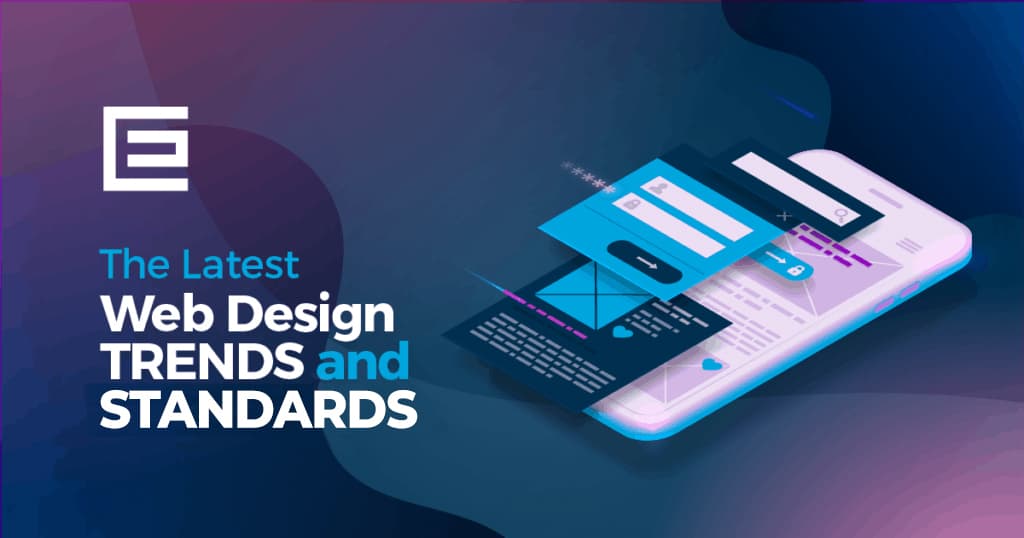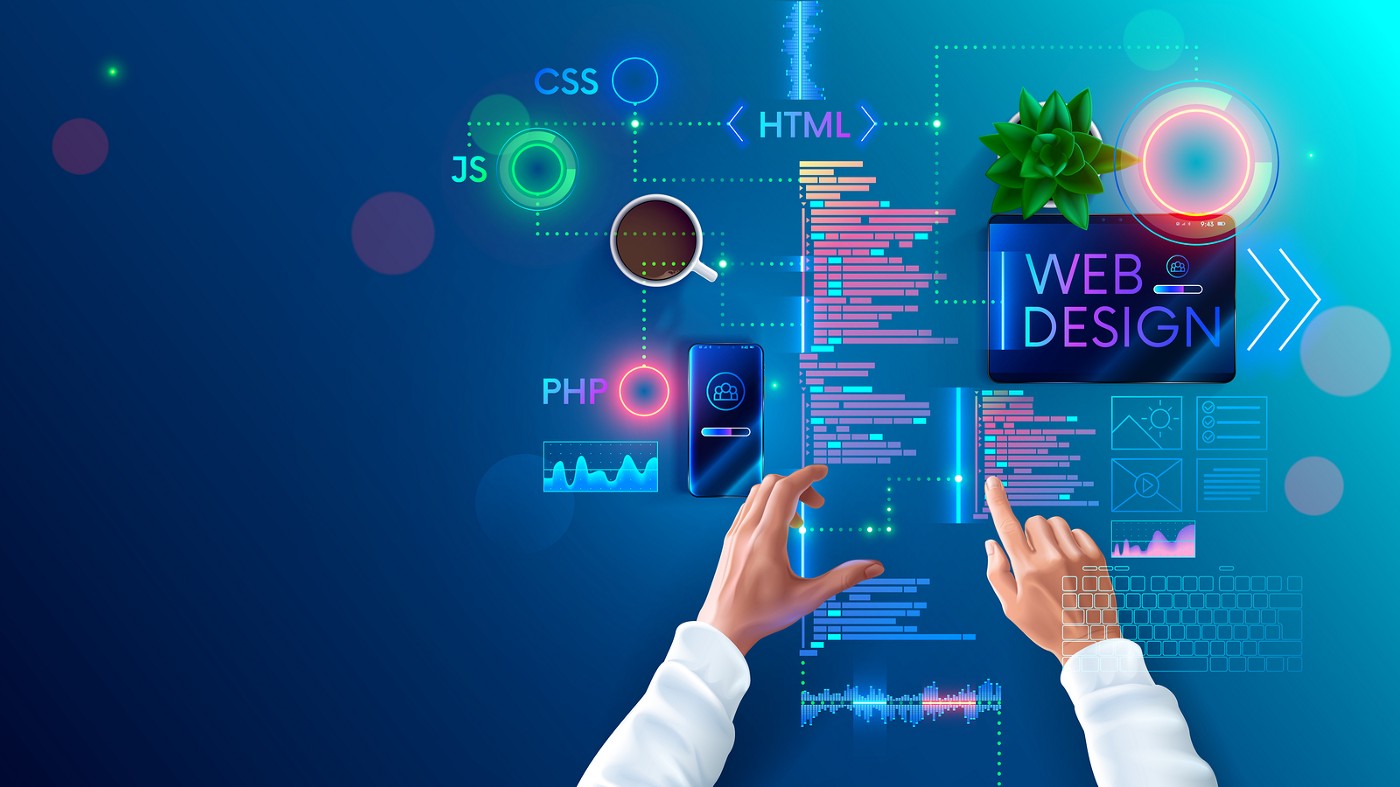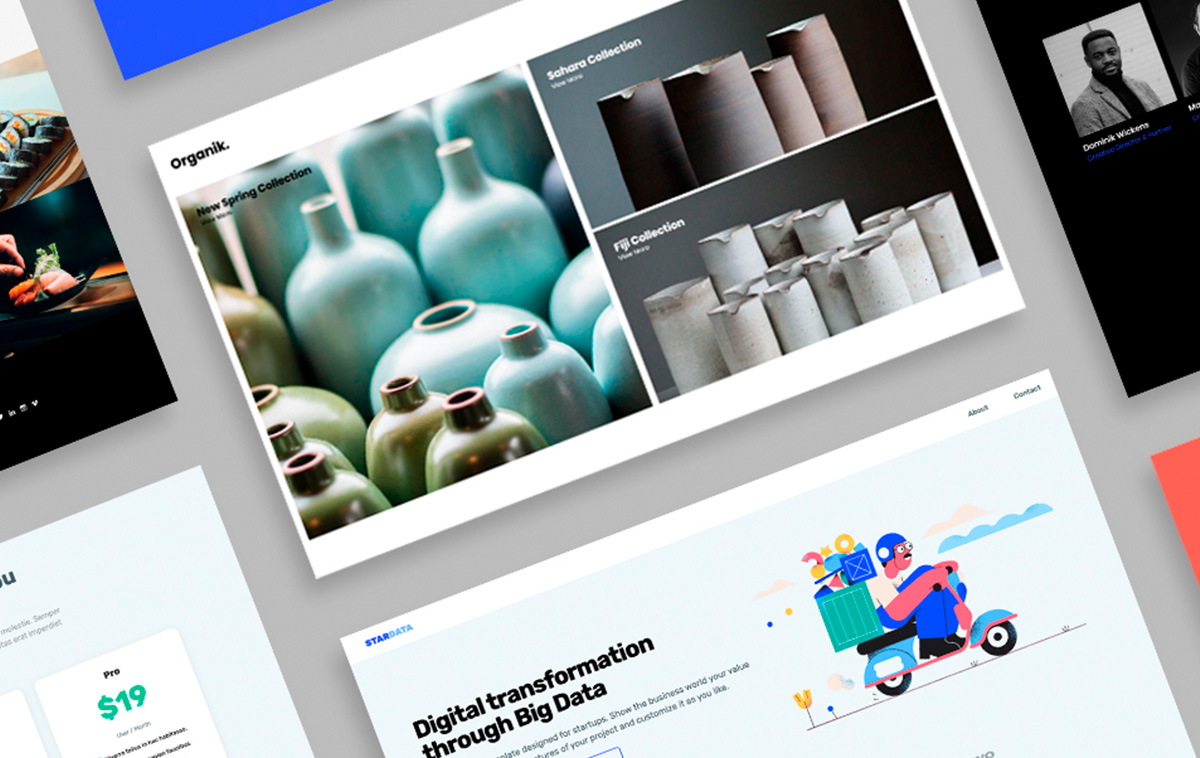Aligned Position Web Design: Comprehensive Web Design Solutions for Small and Large Businesses
Aligned Position Web Design: Comprehensive Web Design Solutions for Small and Large Businesses
Blog Article
The Most Effective Kinds Of Web Design to Boost User Experience and Involvement
In the ever-evolving landscape of digital interaction, the performance of website design dramatically affects user experience and involvement. Numerous layout strategies, such as minimal, responsive, and interactive formats, each offer one-of-a-kind advantages that can deal with varied user requirements. Recognizing which kinds of Web style ideal serve these purposes can be crucial for companies aiming to improve consumer satisfaction and retention. The concern continues to be: which layout aspects absolutely reverberate with users and foster purposeful involvement? The exploration of these principles reveals vital understandings that may redefine your method to website design.
Minimalist Web Design
As electronic landscapes come to be increasingly messy, minimalist website design has actually become a powerful approach to enhancing customer experience. This design viewpoint focuses on simpleness, focusing on necessary elements while getting rid of unnecessary interruptions. By using sufficient white area, simple navigating, and a restricted color combination, minimal layout promotes quality and directs customer focus to vital web content.
The core concept of minimalist website design is to create a smooth interaction for individuals. By reducing cognitive lots, users can promptly realize information without really feeling bewildered. This direct method not just improves functionality however also encourages engagement, as visitors are most likely to explore a website that is visually enticing and very easy to browse.
Furthermore, minimalist style often stresses typography and images, using these components tactically to convey messages properly. In essence, minimal Web layout is not just a pattern; it is a thoughtful technique that recognizes the relevance of user-centered design.
Responsive Website Design
In today's varied digital setting, responsive Web style has actually ended up being crucial for producing a smooth user experience across a plethora of tools. As users gain access to internet sites on smart devices, laptops, tablet computers, and desktops, the capability of a website to adjust its layout and material to various display sizes and resolutions is important.
Receptive website design employs adaptable grids, pictures, and CSS media queries to ensure that Web content exists optimally, despite the tool used. This strategy not just enhances the visual charm of an internet site yet also considerably improves functionality. Individuals are more probable to engage with a website that supplies a consistent experience, as it removes the frustration of having to focus or scroll excessively.
Furthermore, internet search engine, including Google, prioritize mobile-friendly internet sites in search positions. By taking on receptive design, organizations can improve their presence and reach a more comprehensive audience. This approach also simplifies site maintenance, as a solitary version of the website can satisfy all gadgets, reducing the demand for several variations. In summary, receptive Web style is an essential practice that improves user experience, involvement, and general complete satisfaction.
Interactive Website Design
Responsive website design lays the groundwork for enhancing individual experience, but interactive Web style takes this a step better by engaging customers in a much more dynamic means - Aligned Position Web Design. By incorporating aspects such as animations, clickable prototypes, and real-time responses, interactive website design captivates users, attracting them right into a richer surfing experience
This approach not just fosters interaction but likewise motivates users to check out material actively as opposed to passively consuming it. Methods such as gamification, where users earn incentives for completing tasks, can dramatically enhance the time spent on a site and improve total satisfaction. Interactive functions can streamline intricate information, making it much more digestible and delightful.

Incorporating interactive design components can likewise lead to greater conversion prices, as users are extra most likely to engage with a website that proactively involves them. Aligned Position Web Design. Inevitably, interactive Web style changes customer experiences right into memorable journeys, ensuring that site visitors return time after time
Flat Design
Defined by its minimalistic technique, flat style stresses simpleness and capability, removing unneeded aspects and concentrating on crucial features. This style philosophy prioritizes use, making sure that individuals can browse user interfaces effortlessly and efficiency. By using a clean aesthetic, flat design gets rid of the clutter often found in much more elaborate designs, consequently enhancing customer focus on web content and functionality.
The trademark of level design depends on its use vibrant shades, simple typography, and geometric forms. These aspects add to a visually appealing interface that is both friendly and modern-day. In addition, flat style cultivates a feeling of clearness, allowing customers to determine vital actions and information without disturbance.
Furthermore, flat style is particularly efficient in responsive Web style, as its simplicity converts well throughout various tools and display dimensions. The absence of intricate structures and slopes minimizes filling times, more helpful hints which is essential for keeping customer interaction. As electronic landscapes proceed to progress, flat design continues to be an appropriate selection for developing easy to use websites that boost overall experience. By concentrating on necessary attributes, level design not only satisfies customer requirements but also urges smooth communication, making it an essential part of reliable Web style approaches.
Flexible Web Design
Adaptive Web design tailors the user experience by developing multiple repaired designs customized to different screen sizes and gadgets. Unlike responsive style, which fluidly changes a solitary design, adaptive design utilizes distinct layouts for specific breakpoints, ensuring ideal presentation on various platforms. This technique permits developers to concentrate on the one-of-a-kind attributes of each tool, visit this site enhancing use by supplying precisely what individuals require based upon their context.
Among the primary advantages of adaptive Web design is its capacity to maximize tons times and efficiency. By offering tailored content and images that fit the individual's device, internet sites can minimize information usage and enhance loading speeds. This is particularly beneficial for individuals with slower links or minimal information strategies.

Additionally, adaptive design facilitates an extra controlled and consistent branding experience. Since designers create several layouts, they can make certain that the visual elements line up with the brand's identification across various systems - Aligned Position Web Design. This leads to a cohesive customer experience, improving interaction and advertising user retention
Conclusion
Minimalist design cultivates clarity and emphasis, while responsive style guarantees versatility across numerous gadgets, advertising ease of access. Jointly, these style comes close to add to the development of straightforward atmospheres that not only boost complete satisfaction but additionally drive greater conversion prices, underscoring their critical significance in modern Web style strategies.

Minimalist layout fosters quality and focus, while receptive design makes sure flexibility throughout different tools, advertising access. Jointly, these layout approaches contribute to the production of user-friendly environments that not only boost satisfaction yet also drive greater conversion rates, emphasizing their vital significance in contemporary Web layout techniques.
Report this page